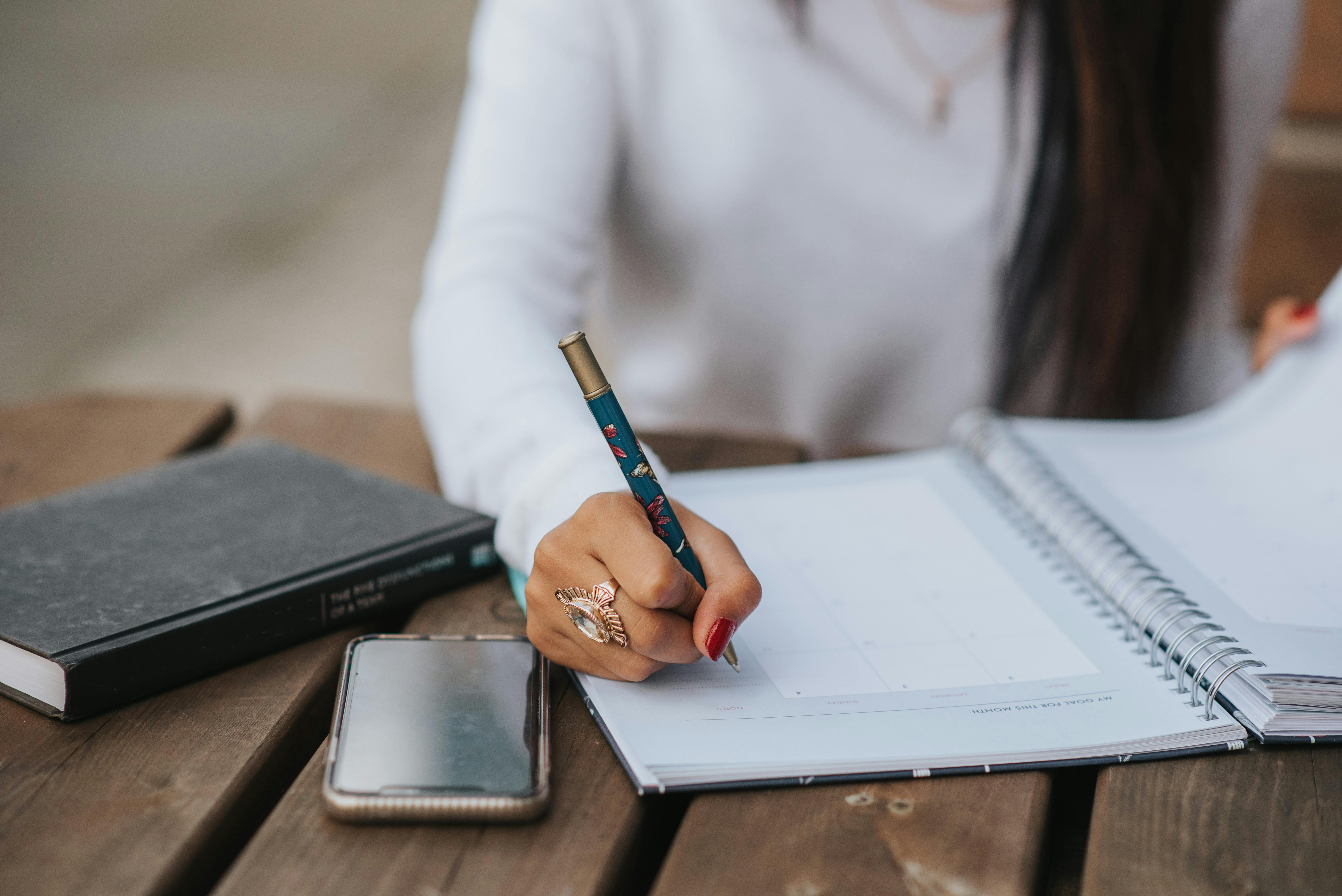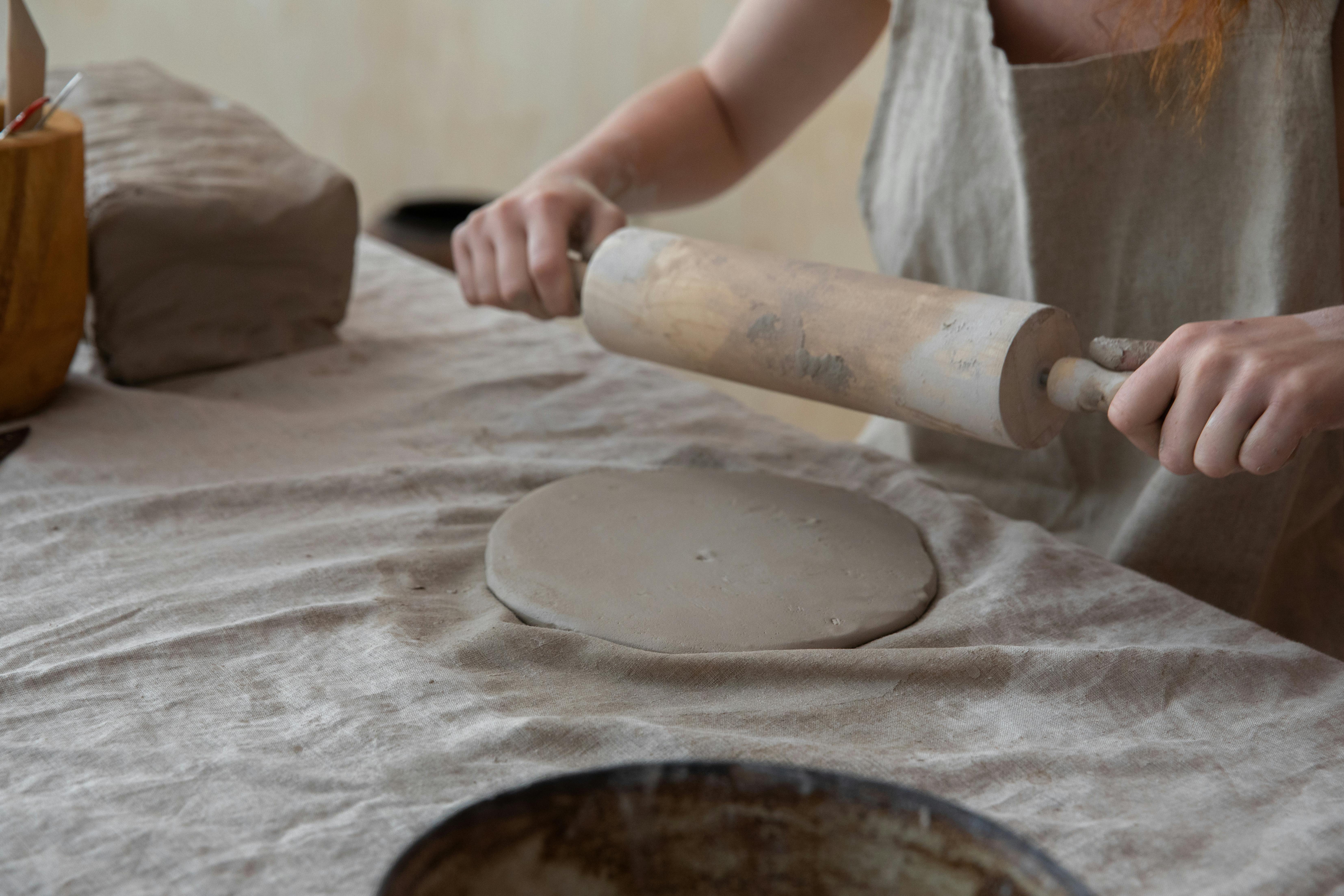If you are interested in losing weight and hunger is your main enemy, you should take a look at hydrophilic foods. Hydrophilic means “water loving”. Food that loves water? Something like. It refers to the ability of natural substances within food to absorb water or stick to water. The two main types are “Pectins” and “Mucilage” or “Soluble Fiber”. Each comes from plants, such as fruits, nuts, or seeds. But how does the ability to hold on to water help you lose weight? There are actually several interesting ways that it works, one of which you can see happen, right before your eyes.
First, soluble fiber and pectin stick to water and take up space. The ability to turn water (or fluid in the digestive system) into a gel makes it harder for your body to absorb water. You have to work with the gel, peeling off the fibers, which takes time and effort. Meanwhile, you continue to feel full or satisfied. A side effect of this is that it keeps the intestines hydrated, which in turn helps other foods move smoothly through the digestive process. This occupation of space makes a little food, much more time for you to feel full.
Second, soluble fiber feeds the good bacteria (the probiotics always talked about in yogurt ads) which, in turn, help you digest your food better. Good bacteria help break down food more thoroughly, and when you have better nutrition, you also have fewer cravings. Not having to fight cravings or resist problem foods also helps make it easier to lose weight. You cannot digest insoluble or soluble fiber. It doesn’t add to the calories you eat, because you can’t break it down for use. The good bacteria can, however, and prebiotic fiber (soluble fiber) keeps them healthy so they can keep helping you.
Pectin (a substance apples are famous for) is known to reduce hunger hormones. An apple a day may not keep doctors away, but it may keep hunger at bay. (There are more types of apple than there are days in the year, so if you don’t like one type, there are certainly more flavors to choose from) Keep in mind, though, that hunger hormones and satiety signals are chemical signals. Unlike nerve signals, they take time to activate and reach the brain. It can take 15 to 20 minutes for a chemical signal to pass from the stomach to the brain, so patience is key.
Hydrophilic foods also reduce the body’s ability to convert carbohydrates into sugars. This balances blood sugar, resulting in positive changes like reducing or eliminating “afternoon crashes,” stopping insulin spikes, and limiting the “belly fat storage” insulin signal that typically occurs when consuming a lots of sugar. Balance your blood sugar throughout the day, calm the signals of fat storage, and feel more even energy throughout the day when you choose these great foods.
Now that you know what hydrophilic foods can do for you, you’ll want to give them a try. There’s nothing exotic or expensive here, and some of the food may have already been on your menu. Tasty staples like sweet potatoes, apples, oats, artichokes, beans, beets, carrots, green beans, asparagus, berries, citrus of all kinds, squash, peach, pear and even the mango are on the list. Slightly less popular or only seasonal options include quinoa, snap peas, brown rice, figs, papaya, snap peas, various squash, bok choy, peaches, kiwis, and collards. The key to using them is to include 1 hydrophilic food at each meal of the day.
But what about the promise of soluble fiber that you can see?
That belongs to one of the most hydrophilic foods of all, the chia seed. This tiny seed has no taste. It’s about the size of a poppy seed, but when you get it wet, something awesome starts to happen. The seed shell is covered in soluble fiber. When it’s dry, it’s invisible. But, when you soak the seeds and wait, you’ll find that each one forms a drop of gel. If you look closely, you’ll see that the gel isn’t perfectly clear, there’s a little ‘halo’ of gray in there, and that’s the soluble fiber. It stands on end when wet, so that the water sticks to the seed.
Having a seed that’s loaded with flavorless, soluble fiber is important, because unlike an artichoke or peas, you can add tiny seeds to just about anything else. Doesn’t that cup of easy yogurt have the soluble fiber you crave? Sprinkle on some chia, and now it will. Do you want to choose white rice with a Chinese dish instead of the well-known hydrophilic brown rice? Chia to the rescue, because you won’t notice the seeds are there, but your body will, when the soluble fiber is activated. If you want to watch the chia gel in action, simply add 1 tablespoon of dried chia seeds to 9 tablespoons of water in an airtight container, shake or stir, and wait about 15 minutes. When you return, you will see that a thick gel has formed.
There are 2 general keys to using hydrophilic foods to lose weight, appetite sabotage and satiety factor. By making a hydrophilic food part of every meal, you take advantage of the satiety factor. Including a pear or peach for lunch, oatmeal with cinnamon, raisins, and apple slices for breakfast, or a sweet potato for dinner will make the meal fill you up faster. You’ll want less of other foods in the same meal, or you’ll stay full longer. This also helps to avoid snacking between meals. You can also use a hydrophilic fruit to sabotage your appetite, if you have half an apple, or two figs, or a small slice of papaya or kiwi, or a sugar-free drink with chia seeds about 15 to 20 minutes before a meal. Selecting just one of these with half a glass of water will activate the soluble fiber and reduce appetite. It has to be 15-20 minutes before a meal, because it takes a long time for the chemical signal from the stomach to reach the brain, letting it know it’s working.
Using food in specific ways as a tool to help you lose weight is great, because it’s so safe. No pills or chemicals needed, your energy is steady, and you can skip up to 600 calories per day by reducing or sabotaging your appetite. Keeping insulin and your fat storage signals in check while stimulating healthy digestive helper bacteria are also great ways these foods help you with your weight loss goals. You can always add more hydrophilic foods to any meal to increase the effect. The list of specific foods in this article is a start, but a simple search online will reveal even more options for your menu. Don’t forget the chia seed either. It’s the only one you can put in ANY food (or drink) to add hydrophilic properties. If the fruits you crave are out of season and you’re not in the mood to make quinoa, a little chia sprinkled over spaghetti or a glass of iced raspberry chia gel tea will still satisfy. With this knowledge, chia seeds, and these tips on your side, you can try to lose weight in an easy, safe, and food-based way.



